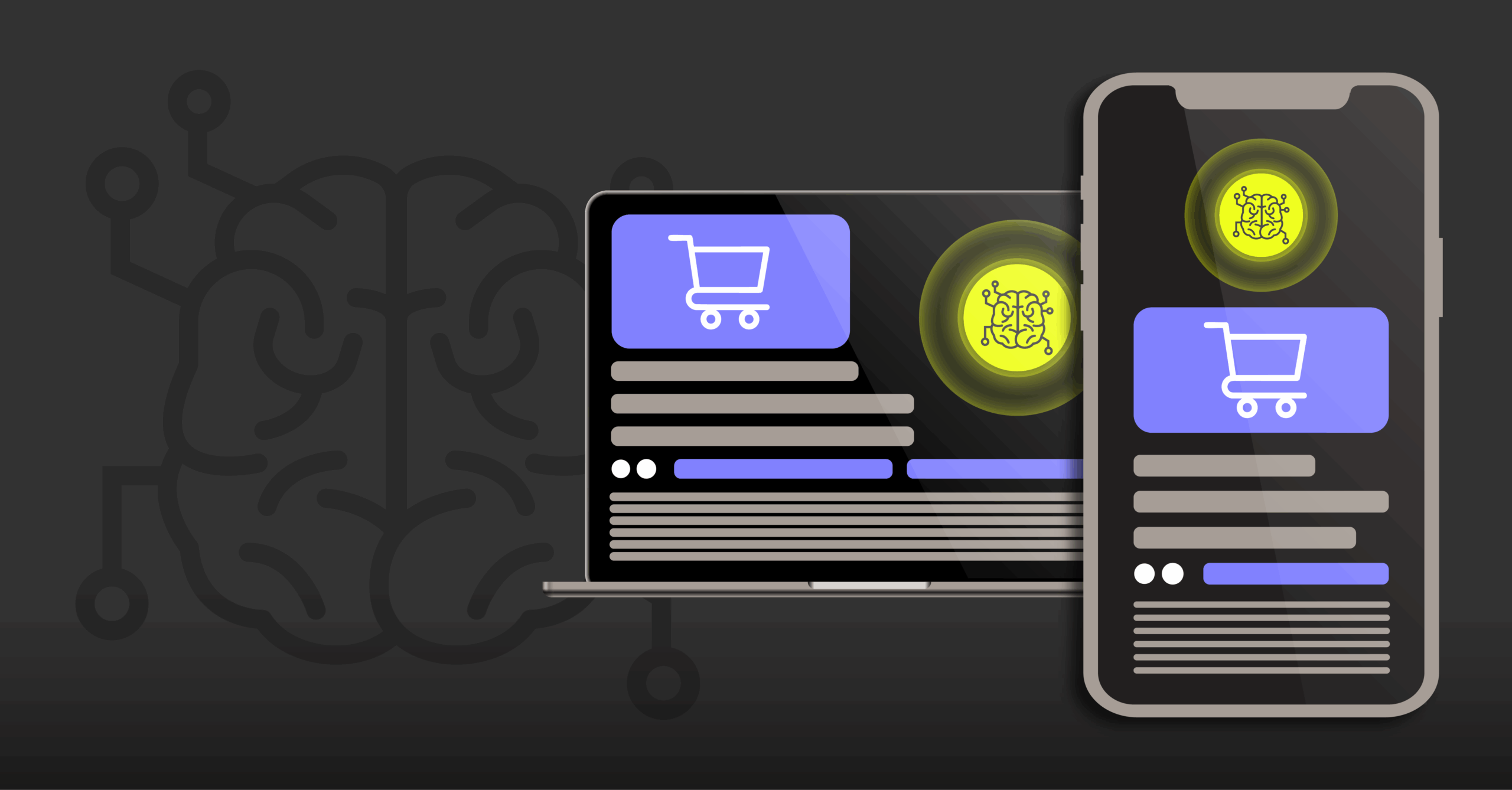
This piece was originally published on The New Stack.
When going on an observability journey, there tend to be a few concrete phases that every company goes through. Understanding how those unfold and take shape as you mature your observability practices can help you identify when you’ll run into certain types of challenges, and when you’ll start really wanting certain tools and practices to help address those challenges.
That said, when you’re communicating about this to others, you might often find that it’s difficult to explain how you know where you are in the journey, or articulate the issues you’re running into. Often, people express difficulty getting a shared understanding around this, which is where mnemonics and mental models can come in handy. The known/unknown matrix in particular can be incredibly helpful in understanding where you are on your observability journey.
In the known/unknown matrix, we have four stages: known knowns, known unknowns, unknown knowns and unknown unknowns. Each one corresponds to a different way of approaching three very crucial tasks in operating a system: asking questions, learning about the system, and explaining what you learned. Those three tasks, in a nutshell, are what almost everything we do in platform engineering, observability, site reliability engineering (SRE) work, DevOps, and more can be boiled down to. So let’s go over them and see how we can use the matrix to help understand where you’re at and share that understanding with others!



